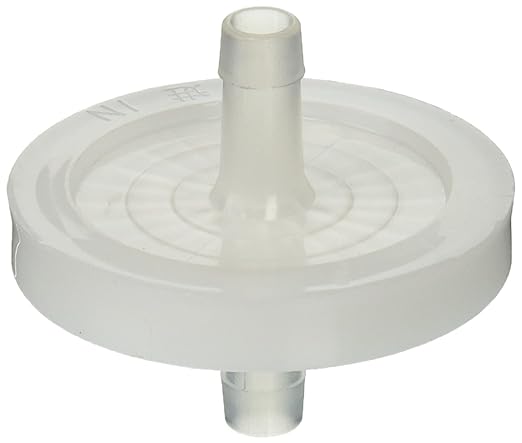H-ost19
Member
Is this still being represented on this site? I loved switching to No-chill back in the day and will more than likely start doing it again now that I'm coming back to the hobby. Just curious if any of you are into it or is it still mainly just the Aussies?











































![Craft A Brew - Safale BE-256 Yeast - Fermentis - Belgian Ale Dry Yeast - For Belgian & Strong Ales - Ingredients for Home Brewing - Beer Making Supplies - [3 Pack]](https://m.media-amazon.com/images/I/51bcKEwQmWL._SL500_.jpg)















